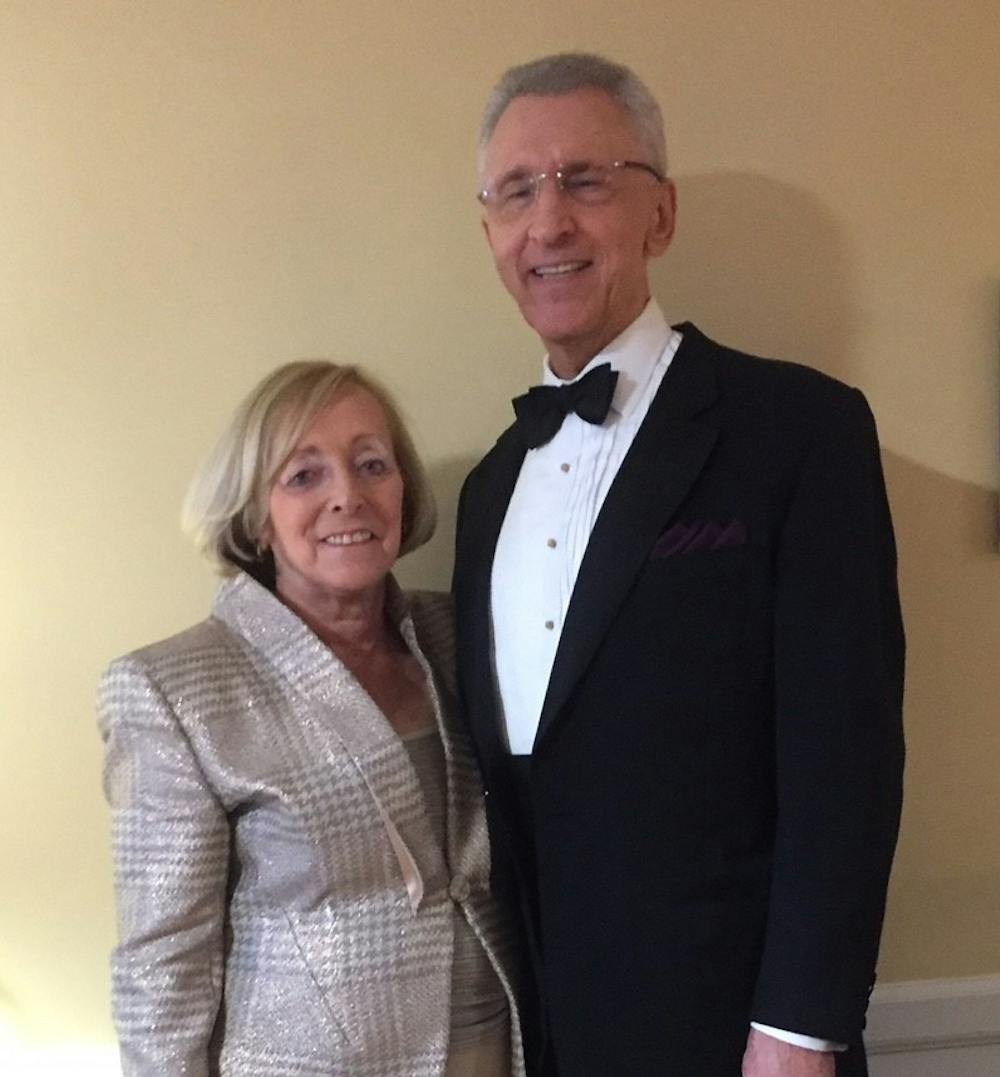According to a Research!America poll conducted in 2016, 88% of respondents perceived healthy vision as crucial to their life and 47% responded that losing their vision would have a serious impact on their day-to-day lives.
Recently, the School of Medicine’s Wilmer Eye Institute established the Sanford and Susan Greenberg Center to End Blindness. While he was an undergraduate at Columbia University in New York City, Sanford Greenberg, an inventor and an entrepreneur who launched International Communication Associates, suffered from a misdiagnosis and mistreatment of glaucoma that eventually caused his blindness. In order to inspire young ophthalmology researchers who often face barriers in receiving funding for their research, Greenberg and other philanthropists launched the center.
In an interview with The News-Letter, Dr. Peter McDonnell, director and professor of ophthalmology at the Wilmer Eye Institute, noted that compared to senior scientists, young scientists are less likely to get research funds in their early career, impeding them from conducting their research quickly. Most researchers first have to spend years getting preliminary data to prove that their research ideas are practical before they are recognized by their peer scientists and receive funds from foundations such as the National Institutes of Health to continue their research. With the donation from Greenberg, ophthalmology researchers will be able to jumpstart their research earlier in their careers.
McDonnell explained that the average researcher does not receive their first grant until they are in their mid-forties.
“What we want to do is get rid of those 10 years where they are trying to get that grant and start them off right away [and] get their research underway in a robust fashion,” he said.
Dr. Thomas Johnson is a glaucoma specialist and an assistant professor in ophthalmology. In an interview with The News-Letter, Johnson discussed how the funding he received from Greenberg has transformed his research team and increased his research progress.
“When you are starting off, the lab tends to be small. If you [were] able to add [a] major piece of equipment or one or two more personnel, that [would have] a dramatic impact on the productivity of that lab,” he said. “With the extra funds I received, I am able to hire another postdoctoral fellow and a lab technician that [are] going to double the productivity in my lab.”
Johnson is currently involved in a project to develop regenerative therapies for glaucoma and other optic nerve diseases. The specific aim of this project is to replace retinal ganglion cells (RGCs), a type of neuron located in the inner surface of the retina, in the eyeballs of patients to restore their vision.
“We are taking human pluripotent stem cells and differentiat[ing] them into RGCs and transplant[ing] them into animals in glaucoma and other optic-nerve diseases to see if the animals can integrate them into the eye,” he said. “We are trying to see if the RGCs [will] reestablish communication with the retina and brain and transmit visual information.”
Johnson further commented on the significance of blindness and other eye diseases in patients’ everyday lives and how new discoveries or cures could have a dramatic impact. Patients are generally in different stages of eye disease, ranging from early stages of glaucoma to complete blindness. With support from low-vision services, these patients can lead independent lives with enough training and perseverance.
According to Johnson, having new therapies that could restore vision could be totally revolutionary to them.
“Losing vision could affect the quality of life as much as having cancer or renal failures. I know that from my own patients,” he said.
There are several other researchers in the Wilmer Eye Institute, such as assistant professors of ophthalmology Dr. Cinday Cai and Dr. Fatemeh Rajaii, who are investigating cures for other eye diseases such as macular degeneration and diabetes-related eye issues.
“I think it is clear in five to 10 years we are going to be much farther along in reducing the problem with the number of major [eye] diseases, but for some diseases, particularly rare ones, it takes longer to do this research and discover the cures,” McDonell said.





